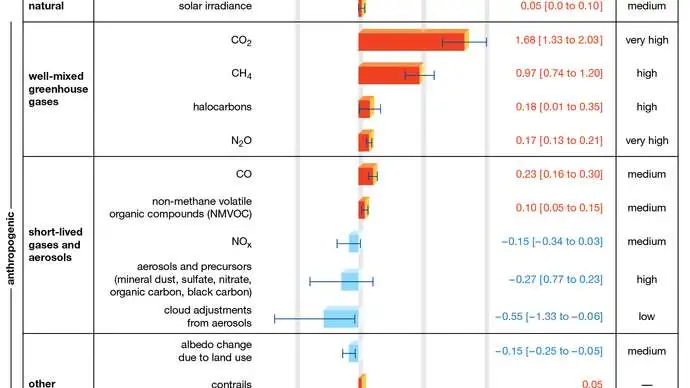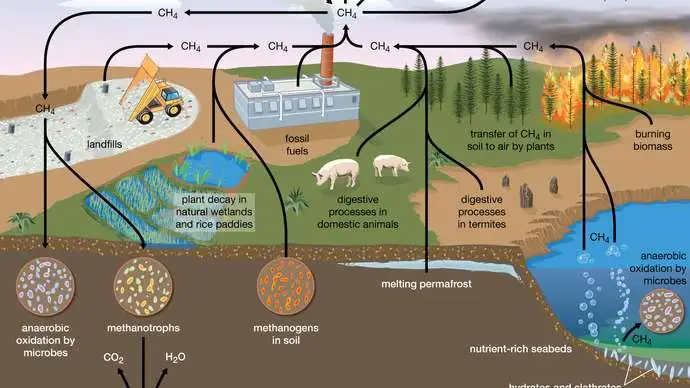Satellites have successfully mapped huge plumes of methane, a potent greenhouse gas, emanating from oil and gas fields globally. The unprecedented mapping reveals extensive leaks, often unintended, covering vast areas up to 200 miles. Addressing these leaks is crucial in buying time to combat climate change. Approximately 100 countries pledged to reduce methane emissions by 2030.
Riley Duren, CEO of Carbon Mapper, emphasizes the significance of this research, stating it illustrates the true methane footprint of oil and gas operations worldwide. Methane primarily leaks during maintenance operations in oil and gas facilities, such as valve or pipeline repairs, and from compressor stations maintaining natural gas flow and pressure.

The research, utilizing the Tropomi instrument on the EU’s Sentinel-5P satellite, identified ultra-emitters responsible for around 12% of all methane leaks from oil and gas companies. Notably, Turkmenistan, Russia, and the US exhibited the largest plumes.
As more advanced satellites are deployed, higher-resolution detection of methane at individual facilities will become possible. Experts argue that cutting methane emissions is an “easy win” in the fight against climate change, as it can be stopped relatively easily compared to other greenhouse gases.
Methane’s Role in Climate Change
Methane (CH4) is the second most important greenhouse gas, more potent than CO2 in terms of radiative forcing. Its shorter residence time in the atmosphere, around 10 years, makes it a significant contributor to the current rise in temperatures. An IPCC study suggested that 30-50% of this rise is attributed to methane.

Natural sources of methane include wetlands, termite-feeding bacteria, volcanoes, seafloor seepage vents, and methane hydrates in oceans and permafrost. Anthropogenic sources, contributing around 70% of total annual emissions, include rice cultivation, livestock farming, coal and natural gas burning, biomass combustion, and landfill decomposition.
Environmental Impact and Future Trends
Curbing methane emissions not only has environmental benefits but can also save billions. The researchers estimate potential savings of $6bn for Turkmenistan, $4bn for Russia, and $1.6bn for the US. In terms of environmental impact, stopping these leaks could prevent between 0.005C and 0.002C of warming, equivalent to removing all emissions from Australia since 2005 or the emissions from 20 million cars for a year.
In November, over 100 governments signed the Global Methane Pledge at COP26, aiming to limit methane emissions by 30% compared to 2020 levels. The findings of the ultra-emitter research are published in the journal Science.